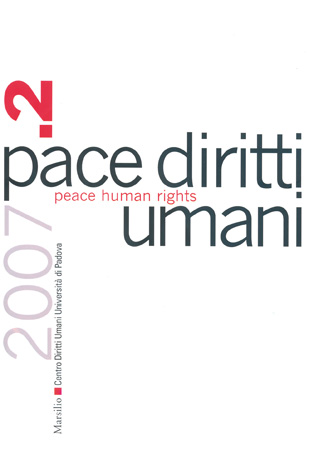Raccolte

Il disastro di Chernobyl e le iniziative internazionali per la sicurezza nucleare. Parte seconda: accordi e convenzioni internazionali
- Contenuto in
- Pace diritti umani - Peace Human Rights, 2/2007
- Tipologia pubblicazione
- Articolo / Saggio
- Pagine
- 49-74
- Lingua
- IT
Chernobyl Disaster and International Action for Nuclear Security. Part II: International Agreements and Conventions
Alessandro Pascolini
This second paper on the Chernobyl accident and its consequences is devoted to the international actions aiming at improving nuclear safety triggered by the accident.
By making clear the weaknesses of nuclear industry, the Chernobyl accident acted as a catalyst, initiating important changes in the design, operation and overall management of nuclear installations, as well as improving safety conditions for workers and the public, and helping assure the protection of the environment.
The first lesson that emerged from Chernobyl was the direct relevance of international cooperation to nuclear safety. Since that time, international cooperation has become a hallmark of nuclear safety, resulting in innumerable peer reviews, safety upgrades, bilateral and multilateral assistance efforts, safety conventions, and the body of globally recognised IAEA safety standards. The paper addresses in particular both the two «emergency conventions» – the Convention on Early Notification of a Nuclear Accident and the Convention on Assistance in the Case of a Nuclear Accident or Radiological Emergency – and the two «safety conventions» – the Convention on Nuclear Safety and the Joint Convention on the Safety of Spent Fuel Management and on the Safety of Radioactive Waste Management –. The main aspects of these conventions are presented and their values and limitations are discussed. The real change brought by Chernobyl in the world nuclear industry has been the establishment of a new global regime for nuclear safety, based on the development of a «safety culture» and the concept of «defence in depth». The contribution of the international conventions to this essential goal is examined.
Finally, the present situation and current problems of nuclear safety are considered.

